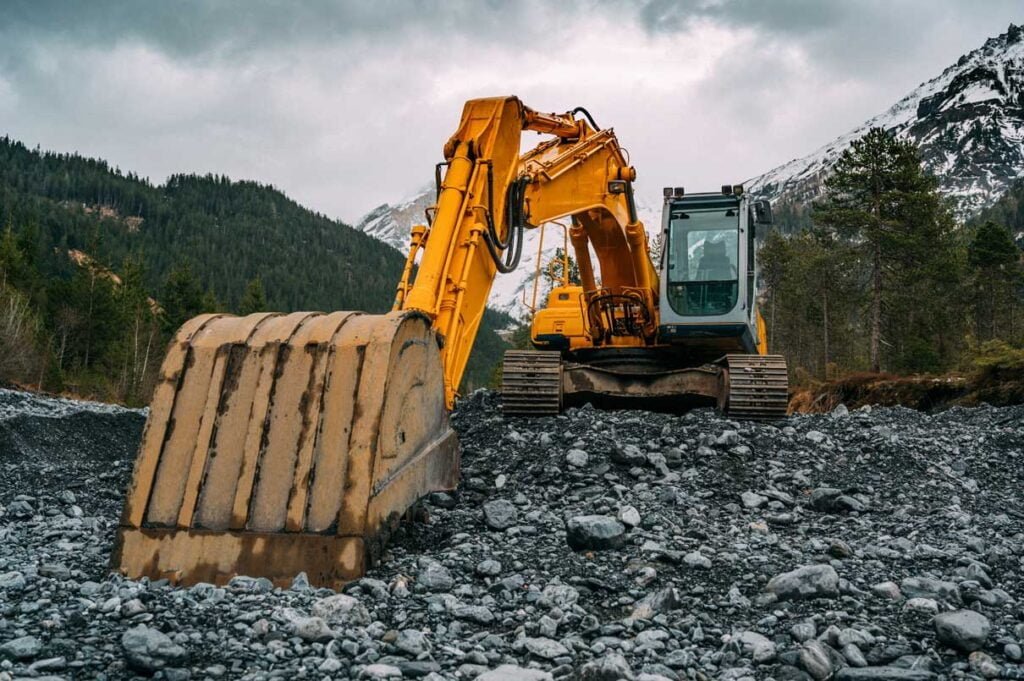Introduction
With digging forces from 2,000-10,000 pounds packed into nimble frames sized barely larger than a compact pickup, mini excavators represent construction’s feisty overachievers. Their mighty arm and bucket assemblies empower tackling trenches under 5 feet while slipping through tight access points too constricted for full-sized excavators. With so many models and configurations now available from various manufacturers, matching specific mini excavator capabilities to work requirements is vital. Understanding strengths and operational flavors between the top brands ensures picking the perfect unit.
Leading Mini Excavator Brands

Venerable heavy equipment OEMs rule the mini excavator market currently:
| Manufacturer | Base Country | Typical Sizes | Max Dig Depth |
|---|---|---|---|
| Caterpillar | USA | 1.5 – 10 tons | 12 feet |
| John Deere | USA | 1.7 – 6 tons | 8 feet |
| Komatsu | Japan | 1.2 – 8.5 tons | 13 feet |
| Buy Machine | China | 0.8 – 6 tons | 7 feet |
While sharing compact dimensions, key factors like power, precision, operator experience, and maintenance costs can vary notably within that sub-10 ton class based on brand approach.
Key Buying Considerations
Intended application should dictate target specifications underscores landscaper Ahmad S:
“I learned the hard way not to generalize based on mini excavator size alone when selecting units. The operational details differentiate matchups for drainage, trenching, site prep and landscaping work.”
Application-Based Preferences
| Parameter | Drainage | Trenching | Site Prep | Landscaping |
|---|---|---|---|---|
| Power Type | Hybrid | Diesel | Diesel | Electric |
| Arm & Bucket | Narrow | Wide | Standard | Thumb + clam |
| Attachments | Thumb | Additional counterweight | Dozer blade | Rubber tracks |
| Precision Control | High | Medium | Medium | High |
Examining needs this closely prevents unpleasant surprises after purchase.
Rental vs Purchase Decisions

Matching machine availability to fluctuating workloads keeps costs reasonable says accountant Payton S:
“I advise light equipment users to rent minis seasonally rather than buy if annual utilization doesn’t surpass 30-40%. Otherwise owning just to cover 1-2 months of peak demand destroys project margins unnecessarily.”
Ownership Considerations
| Reason to Buy | Reason to Rent |
|---|---|
| Utilization over 1000 hrs/year | Seasonal or periodic work |
| Frequent moves between sites | Avoiding capital outlays |
| Complex custom attachments | No long-term storage needs |
| Existing maintenance staff | Minimal training required |
Crunching utilization forecasts prevents wasted investments in metal that ends up parked.
Conclusion:Brands of Mini Excavators
While grouped under the compact mini excavator bucket, subtle differences in capabilities between brands and models empower matching machines precisely to work applications. Avoid overspending by determining key performance criteria beyond just digging force limits early. Consider peak power requirements, attachment needs, desired precision behaviours and total cost of ownership when evaluating brands and units. Rental fills gaps for light seasonal work rather than saddling a business long-term for brief annual deployments. Map product strengths against operational expectations accurately to secure the perfect mini excavator match.
FAQ
Q: What is considered a mini excavator?
A: Excavators weighing under 10 tons with retracted widths often less than 3 feet class as minis. Typical bucket digging forces range 2,000-10,000 pounds.
Q: Are mini excavators good for trenching?
A: Yes, models matched with appropriate bucket widths and auxiliary counterweights handle trenching efficiently at depths around 5 feet safely.
Q: How long do mini excavators last?
A: Depending on use hours and maintenance, mini excavators average around 8,000-12,000 operating hours over 10-15 years before rebuild or replacement needed.
Q: Are there mini hydraulic excavators?
A: Yes, nearly all current production mini excavators run on hydraulic power taking inputs from embedded diesel engines paired to pumps and cylinders. A few electric minis emerging for light duties.

